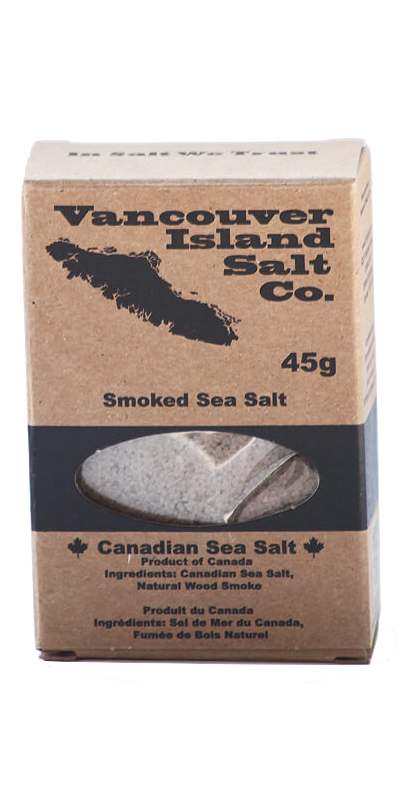
Salinity measurements at the DSDP hole 379A in the central plain of the Black Sea are close to 3 psu for the next 250 m of sediment with one peak of 7 psu at around 80 36, 37 (Supplementary Fig. Pore water measurements, carried out on 8 sedimentary cores underline a gradual fall in salinity from 22 psu at the seafloor level to near 2 psu at around 25 mbsf (Supplementary Figs. The biogenic CH 4 is formed during the early diagenesis stage in the evolution of organic materials in sediments and CH 4 forms structure sI hydrate 34. Gas sampled on the continental slope on either side of the Danube canyon contains >99% of microbial CH 4. The gas leading to the formation of GH and the shallowest BSR observed in the Black Sea is mainly biogenic 35. Each colored line represents the transient location of the model-predicted GHSZ in the future The base of the current GHSZ will evolve with time to the black line corresponding to the predicted GHSZ under a constant salinity concentration of 22 psu according to simulation. The resulting calculations show evolution of the methane hydrate stability zone over time. To place first-order constraints on the timing of methane hydrate dissociation along this line, we run a time dependent diffusive salinity forward model. The seismic profile is shown using the American convention where a decrease of impedance is represented by a negative reflection coefficient. The BSR is characterized by a strong and negative polarity reflector (black circles) that behaves erratically with depth beneath seafloor < 750 mbsl. The multi-channel HR seismic line (post-stack depth migrated section) is acquired in the region showing a clear BSR indicative of the base of the GHSZ. Here we demonstrate that this salinity change and its diffusion into the sediment has be inferred as the driving force behind the dissociation of gas hydrates over a large area of the Black sea.Ĭurrent GHSZ and its predicted evolution over time under salinization of sediment. Bottom water salinities increased up from a couple of psu to ∼22 psu and remained stable for the last 2500 yrs of the reconnection 33. During the reconnection, via the Bosphorus (Fig. Prior to the reconnection of the Black Sea with the Mediterranean Sea at ~9000 calendar year before present (9 kyrs cal BP), the Black Sea evolved as a fresh to brackish water lake with a water characterized by a salt concentration of 2 psu (Practical Salinity Unit). This long-term isolation induced a drastic change in the Black Sea water salinity 33 and mechanically modified the sediment pore water salinity and therefore, the hydrate equilibrium conditions 34. Like other basins worldwide, such as the Sea of Marmara 29, the Black Sea was totally disconnected from the world oceans during its recent geological history (the late Quaternary Period) 30, 31, 32.

The cartography of the BSR in the Black Sea 1, 27, 28 exhibits its widespread occurrence, indicative of extensive development of hydrate accumulations. BSRs are often semi-continuous, crosscut stratigraphy in seismic sections, and their position can also be inferred on the basis of aligned amplitude terminations 26.
#BATH SALT SUBSMARINE FREE#
The BSR represents the base of the Gas Hydrate Stability Zone (GHSZ) that appears as strong, negative-polarity, high-impedance seismic reflections caused by free gas at the base of the phase boundary 24, 25. Indirect evidence of the presence of GH in marine sediment can be obtained through the Bottom-Simulating Reflector (BSR) detected in seismic data. It is not yet known what fraction of methane reaches the atmosphere and the possible influence it may have on the climate 23. But the role of gas hydrate in global change is likely to be overestimated 22. GH destabilization can release significant quantities of gas (mostly methane) into the ocean, thus may affect methane inputs into the atmosphere 16, 17 and leading to spikes in atmospheric carbon levels 20, 21. Rapid climate disturbances and negative carbon-isotope excursions have been linked to dissociation of GH and global warming 19. GH is also suspected to be a potential contributor to ocean acidification 15 and climate change 16, 17, 18. Additionally, the ubiquitous presence of GH close to the seafloor on continental margins makes their destabilization, due to a change in pressure by sea level changing 5, 10 or temperature by warming of global ocean current 11, 12 and seasonal fluctuation of the bottom-water temperature 13, a global process potentially affecting all world ocean margins 14. GH are suspected to be the trigger of extensive geological hazards leading to large mass wasting 2, 5, 6 with potential tsunami hazards 7, 8, 9.

The global magnitude of free gas enclathrated in hydrate form is staggering and may surpass the total conventional gas reserve 4. Gas hydrates (GH) are present worldwide both on land (permafrost) and in ocean sediments 1, 2, 3.


 0 kommentar(er)
0 kommentar(er)
